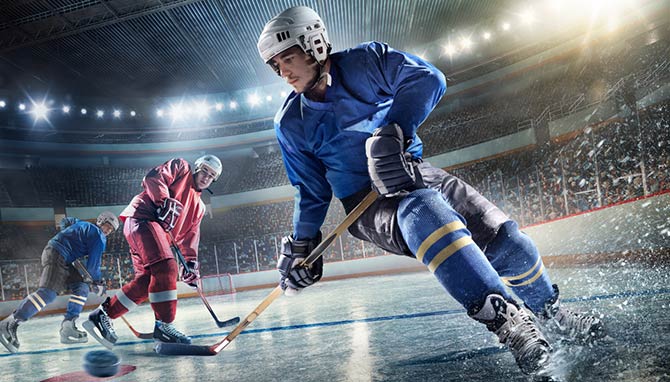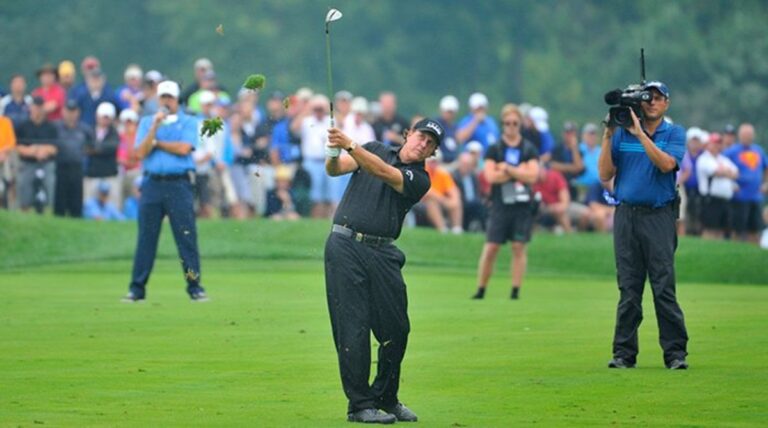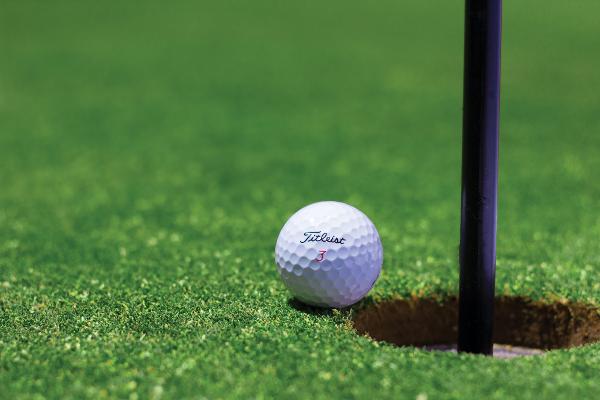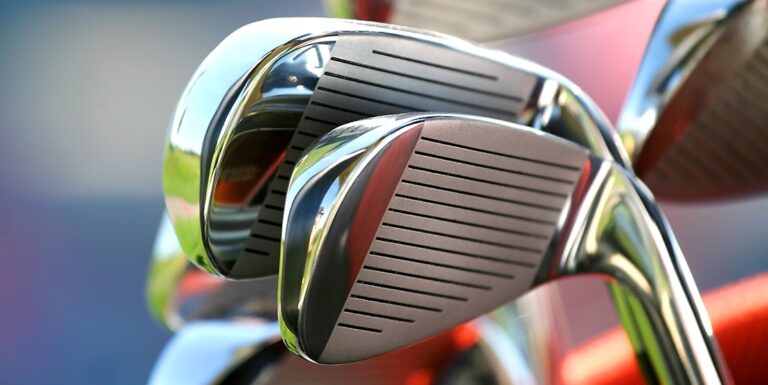
Hockey is a sport where speed, skill, and impact converge—and as the game has grown faster and more physical over the decades, so too has the need for better equipment. What began with handcrafted wooden sticks and minimal protection has evolved into a high-tech arsenal of gear designed for performance, comfort, and safety.
This article explores the fascinating evolution of hockey gear, from its humble beginnings to the cutting-edge equipment used by today’s players.
Early Days: Simplicity and Ingenuity
Sticks and Pucks
- Early hockey sticks were made entirely of wood, usually carved from a single piece of ash or hickory.
- These sticks were heavy, less flexible, and prone to breaking, but they served the basic function of handling and shooting a puck.
- The puck also had modest origins—frozen cow dung or wooden blocks were used before the invention of vulcanized rubber in the late 1800s.
Basic Protection
- In the early 20th century, players wore very little protection, often just simple wool uniforms and leather skates.
- Goalies didn’t wear masks until the late 1950s—Jacques Plante famously being the first to adopt one in the NHL.
The Mid-20th Century: Innovation Takes Hold
Equipment Becomes Standardized
- As hockey became more competitive and widespread, standard gear began to emerge, especially in professional leagues.
- Sticks started incorporating laminated wood for improved flexibility and durability.
Protective Gear Expands
- Players began wearing leather and canvas shoulder pads, elbow pads, and shin guards.
- Helmets were still uncommon until the 1970s, despite growing concerns about head injuries.
Goalkeeper Gear
- Goalie equipment saw a major shift, with larger pads introduced to offer better protection and save coverage.
- Fiberglass masks became more widely used, replacing the earlier leather and plastic versions.
The 1980s–2000s: The Rise of Performance Materials
Stick Technology
- Wooden sticks gave way to aluminum and fiberglass composites, which were lighter and more consistent in performance.
- By the late 1990s, carbon fiber sticks became the standard, offering power, durability, and precision.
Lightweight Protective Gear
- Advancements in foam padding and synthetic materials helped reduce the weight of helmets, gloves, and pads without sacrificing safety.
- Breathable fabrics improved comfort and reduced overheating during high-intensity play.
Mandatory Helmets
- In 1979, the NHL mandated that all new players wear helmets, marking a major step forward in player safety culture.
The Modern Era: High-Tech Hockey
Smart Sticks and Sensors
- Some modern sticks feature embedded sensors to analyze shooting speed, flex, and angles for performance training.
- Brands now offer custom flex points, blade curves, and grip textures tailored to each player’s style.
Advanced Helmets
- Today’s helmets use multi-density foams, impact-resistant shells, and rotational force protection systems (like MIPS) to better protect against concussions.
- Goalie masks are now custom-fitted and constructed with Kevlar and carbon fiber for maximum durability.
Eco-Friendly Gear
- Some manufacturers are now exploring recyclable and sustainable materials, aligning with global trends in environmentally-conscious production.
Key Safety Innovations
- Mouthguards have become essential for dental and concussion protection.
- Visors and face shields are now mandatory in many leagues to protect against high sticks and pucks.
- Cut-resistant underlayers help reduce injury risks from skate blades.
Conclusion
The journey of hockey gear from wooden sticks and leather gloves to carbon fiber composites and smart helmets is a testament to the sport’s continuous evolution. As player performance demands rise and safety standards tighten, equipment innovation will remain at the forefront of hockey’s development.
Understanding this transformation not only highlights the sport’s progress but also gives players and fans alike a greater appreciation for the technology that protects and empowers today’s athletes.






